How can first-year STEM university students be better supported?
Futurum
SEPTEMBER 12, 2023
At the University of Pittsburgh at Greensburg in the US, biologists Barbara Barnhart and Dr Olivia Long are using their Science Seminar programme to ease this transition for first year students studying biology, chemistry and biochemistry degrees. What do students learn from studying this?

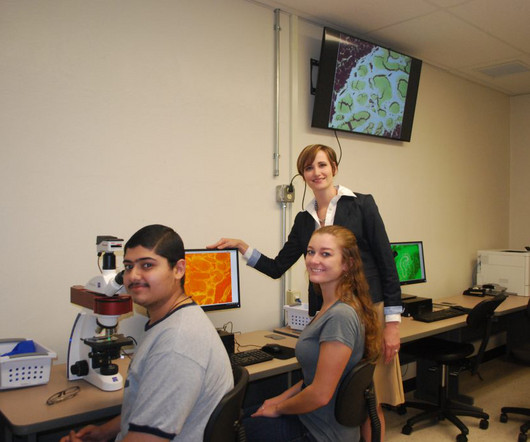
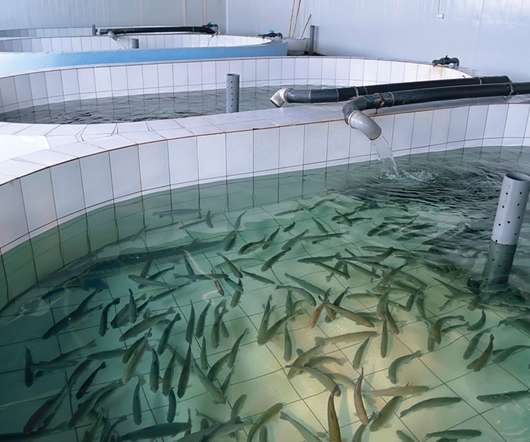

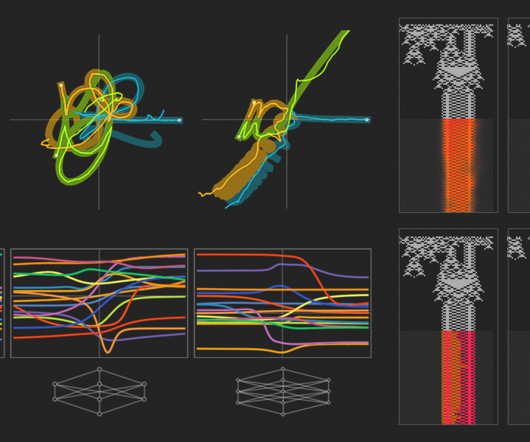
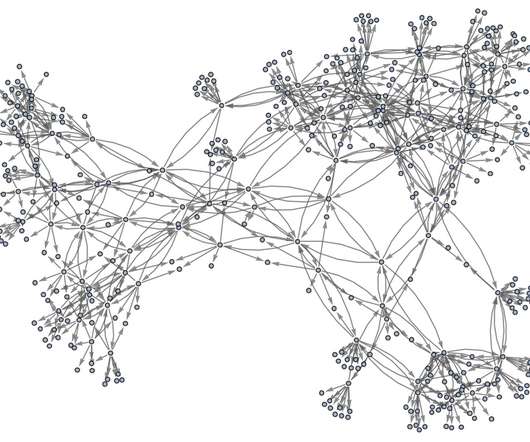
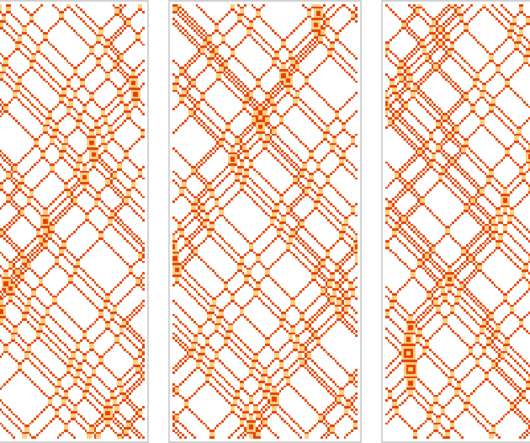
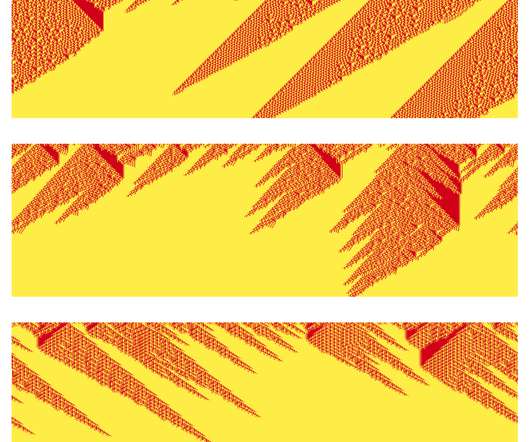






Let's personalize your content